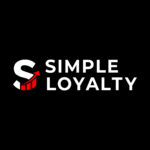Estimated Reading Time: 10 minutes

Every brand dreams of having a premium loyalty program customers can’t stop talking about.
You know… the kind that makes people feel seen, valued, and maybe even a little special. But realistically, most businesses are working with tight margins and tighter marketing budgets.
Loyalty fatigue is real, and consumers are tired of boring points and generic 10% off deals. They crave personalized rewards, emotional connection, and the kind of VIP experience that makes them feel part of something special.
That’s where smart customer loyalty program ideas come in. Today’s best brand loyalty strategies and customer loyalty strategies rely on psychology, community, and perceived value. Whether you’re looking for loyalty program ideas for restaurants or scalable loyalty rewards program ideas, you can 100% deliver a VIP-like experience without overspending.
Let’s break down five affordable loyalty program ideas that can keep your customers coming back.
Why Great Loyalty Doesn’t Need Big Budgets
The Psychology of “Perceived Value”
Here’s the golden rule of loyalty design: people don’t measure value by how much you spend — they measure it by how much you make them feel.
This is also known as perceived value, and it’s a psychological driver that marketers have studied for decades. Research in the Journal of Marketing Research found that the “goal-gradient effect” plays a huge role in customer retention. In other words, loyalty isn’t about freebies; it’s about momentum and meaning.
When someone feels like they’re part of an exclusive circle (even if the cost to you is minimal), they perceive it as premium. That’s why emotional engagement often beats financial incentives.
A report found that customers emotionally attached to a brand are 2.5x more valuable than those driven purely by discounts. Think of it as the “VIP illusion”. Affordable to create, but rich in perceived worth.
So instead of burning your budget on blanket discounts, focus on creating small, emotionally high-return moments.
5 Budget-Friendly Loyalty Program Ideas
These are 5 strategies that look and feel high-end (but cost a fraction of what you’d expect).
Milestone Rewards
Everyone loves a little celebration.
Milestone-based rewards (whether it’s a customer’s 10th visit, first-year anniversary, or 100th coffee purchase) tap into that powerful sense of progress and recognition. It’s the same psychology behind Fitbit streaks or Duolingo achievements.
The trick is to not make milestones about spending more. Make them about belonging longer.
Example:
Zus Coffee in Malaysia doesn’t just push transactions; it gamifies repeat visits with simple achievements like “Coffee Enthusiast” and “Elite Drinker”. Each title feels like a badge of honor and costs almost nothing to maintain.
To make this work for your brand:
- Create personalized milestones (e.g., “Your 6-Month Anniversary as a Member”)
- Add small symbolic rewards like a digital certificate, exclusive wallpaper, or bonus point multiplier
- Use language that celebrates loyalty, not spending
Milestones nurture a sense of journey and that’s what keeps customers hooked.
VIP Access to Early Drops or Sales
People love feeling like they’re part of the “inner circle”.
Exclusive early access is one of the most affordable yet perceived-premium perks you can offer. It costs you nothing, but it feeds customers’ desire for status and insider privilege.
Brands like Glossier and Sephora have perfected this. Their loyal customers get early product drops and private sale access, which feels like being part of a members-only club.
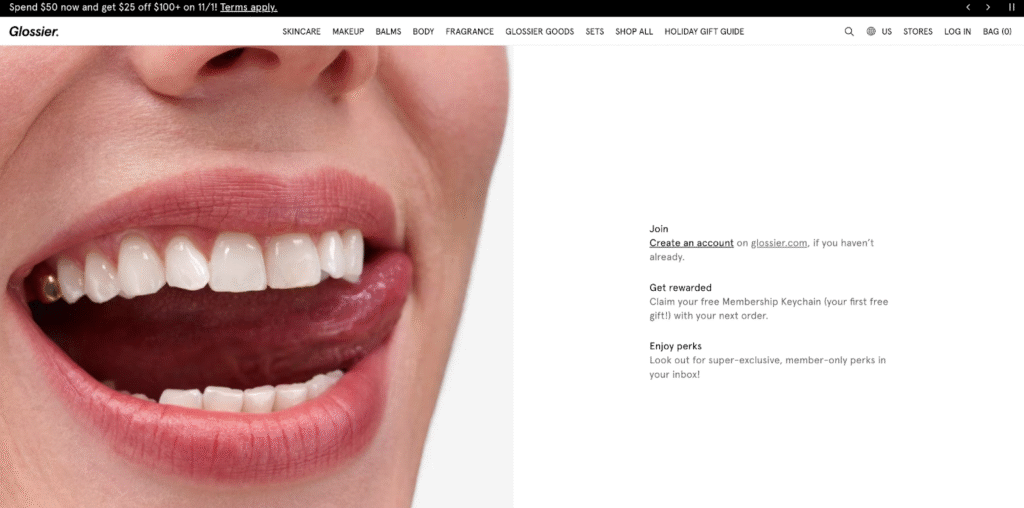
Häagen-Dazs rewards frequent customers by giving them first dibs on discounted menu items. “Just early access that whispers, ‘you’re special’”.

How to replicate it:
- Offer early access to new menu items, seasonal collections, or restocks
- Send personalized email invites with VIP-like tone (“You’ve earned first access!”)
- Combine with small bonuses like double points during early access windows
When your customers feel like insiders, they’ll keep coming back because no one likes to lose their “VIP” spot.
Tiered Point Multipliers
Traditional point systems often flop because they’re static.
Spend, collect, repeat, yawn…
Tiered point multipliers add a dynamic edge. As customers engage more, they climb tiers that multiply their points. It’s progress you can feel.
This idea draws from behavioral economics. Humans love visible advancement. The goal-gradient effect (again, thank you Kivetz) means even symbolic “tiers” can motivate repeat behavior. And you don’t need fancy software, either! A simple three-tier system (Silver, Gold, Platinum) works wonders.

Pret A Manger’s subscription model, for instance, makes customers feel like they’re getting “more than their money’s worth” through access and value layering — a premium experience built on small upgrades.

Locally, Tealive offers “Tealive Rewards” where every purchase builds toward higher reward levels — often with bonus drinks or exclusive flavors for top-tier members. It’s affordable and psychologically impactful.
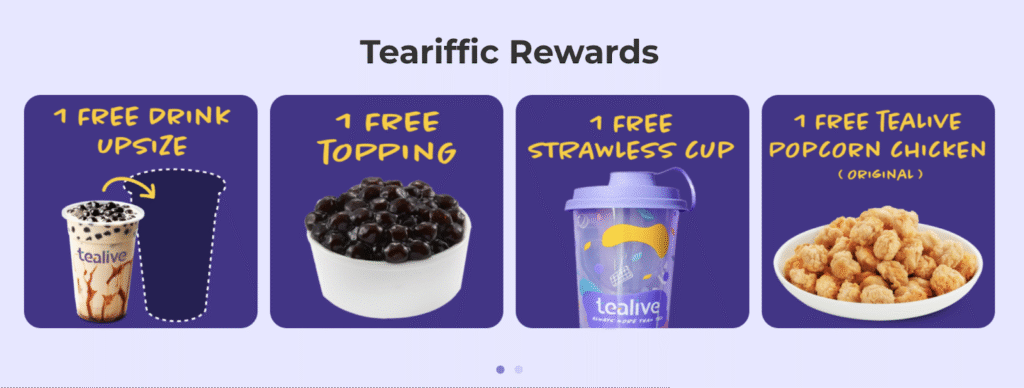
Partner Perks and Local Collabs
Sometimes, the smartest way to add value is by not footing the entire bill yourself. Partner collaborations let you share costs while expanding your appeal. Think coffee brands teaming up with local bakeries or gyms offering mutual member discounts.
Customers love the feeling of getting “bonus benefits” beyond your brand because it amplifies perceived generosity without added expense.
Case in point: Inside Scoop (Malaysia) often collaborates with other food brands for limited-time treats or vouchers.
On a more global scale, Nike and Spotify expand their collaboration, blending fitness and music into one empowering experience.
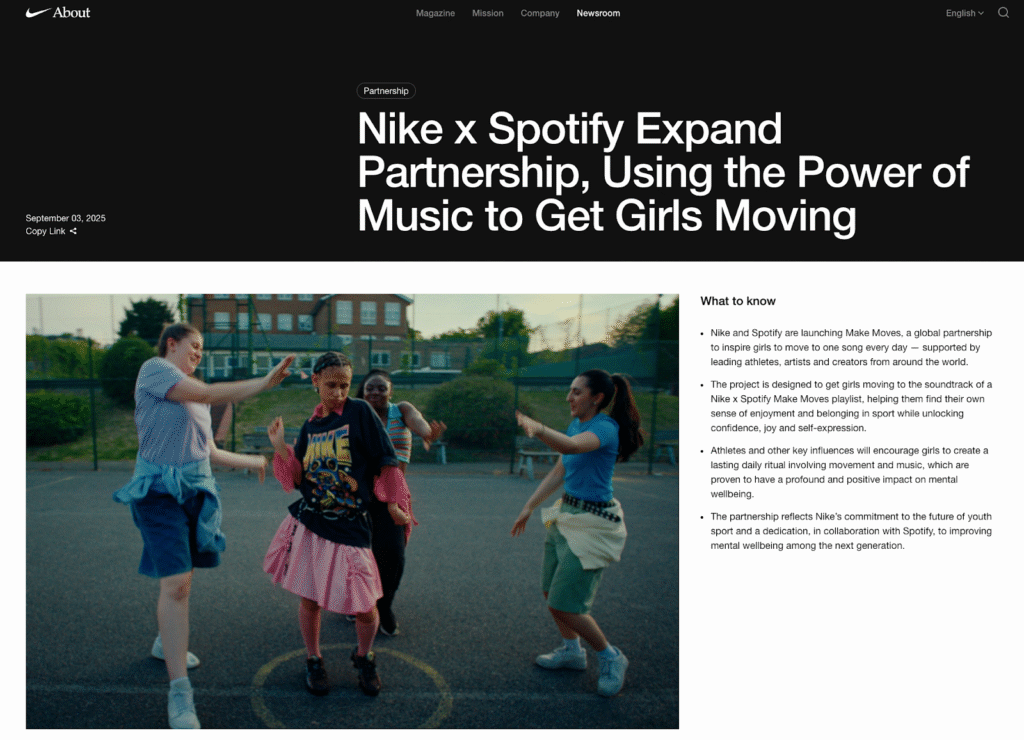
To make it work:
- Pick partners with overlapping audiences (e.g., cafe & coworking space/fashion brand & gym)
- Co-brand rewards so both sides get exposure
- Keep the collab exclusive to loyalty members to elevate the prestige
It’s a win-win situation.
Customers get more reasons to stay loyal, and you get fresh visibility without doubling your costs.
Community Recognition and Shoutouts
If you didn’t already know, most people love public validation.
A “thank you” post, leaderboard mention, or community feature can do more for loyalty than another discount code. When customers see their name highlighted by a brand, it creates emotional resonance…the same dopamine hit as receiving a compliment in public.
Glossier has mastered community-led storytelling — reposting customer photos and reviews to turn buyers into brand ambassadors.

Low-cost but high-return ideas:
- Spotlight top customers on social media
- Create monthly community challenges (“Share your experience, get featured!”)
- Send surprise appreciation notes or small bonuses
It’s not about the size of the reward; it’s the social currency it generates.
Ready to turn these ideas into reality without breaking the bank? With SimpleLoyalty, you can easily build personalized, gamified loyalty experiences — from milestone badges to tiered rewards and partner perks — all from one simple dashboard.
It’s built for growing brands that want to boost customer retention and deliver a premium loyalty experience without expensive development costs.
Real-World Examples of “Affordable Luxury” Loyalty
Let’s take a look at how a few brands (big and small) have nailed the art of premium loyalty, without overspending.
Sephora Beauty Insider
Sephora’s loyalty program is a masterclass in emotional connection. Members earn points, yes — but what keeps them loyal are the experiences. Early access to sales, birthday gifts, free makeovers, and exclusive events create a sense of belonging.
The clever part? Most of these perks cost Sephora very little, yet their perceived value is massive. Members feel “seen” and rewarded for their identity, not just their purchases.
Zus Coffee Rewards (Malaysia)
Zus Coffee positions itself as “Luxury Made Affordable”, and its loyalty program walks the talk. Members unlock rewards for simple actions — buying, referring, engaging — but what sets it apart is tone and community. Zus’ app uses encouraging language and milestones that trigger emotional satisfaction.

It’s a local example of how psychological design can make budget-friendly loyalty feel high-end.
Pret A Manger’s Coffee Subscription
Pret’s “Half Price Coffee Club” offers customers 50% off up to five hot or iced barista-made drinks a day for just £5/month. It’s a clever evolution of Pret’s earlier coffee subscription model — transforming everyday coffee runs into a routine and giving customers a sense of unbeatable value.

That’s the brilliance of subscription loyalty. Customers perceive premium generosity while businesses maintain predictable revenue.
Inside Scoop’s Partner Perks (Malaysia)
Inside Scoop doesn’t rely on constant discounts. Instead, they collaborate — with lifestyle brands, events, and cafes. This strategy not only stretches their marketing budget, but reinforces their localized identity.
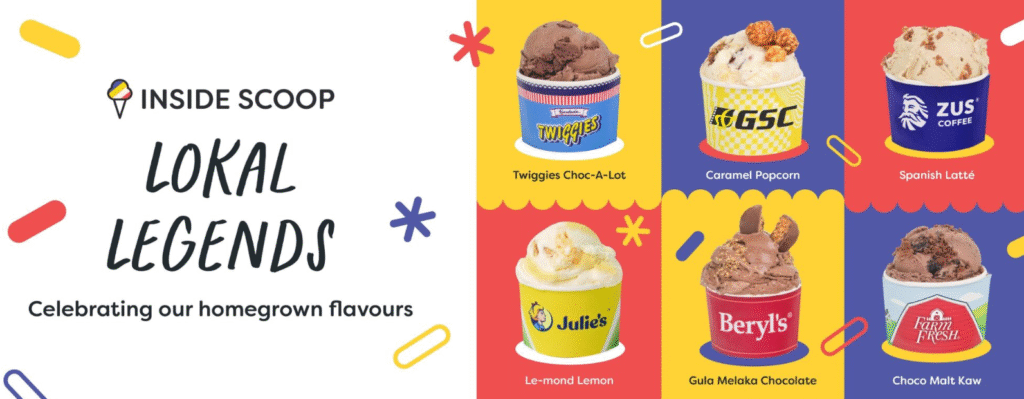
Each collaboration becomes part of the brand’s story and customers love being part of that ecosystem.
Designing a Premium Experience on a Budget
Branding, Consistency, and Communication
The difference between a loyalty program that works and one that wows isn’t the size of the reward, but the consistency of the experience.
Premium brands know how to make small things feel big. Every notification, email, or thank you message reinforces their tone and purpose.
Here’s how you can do the same on a budget:
- Brand your loyalty program like a lifestyle

- Be consistent in tone and design
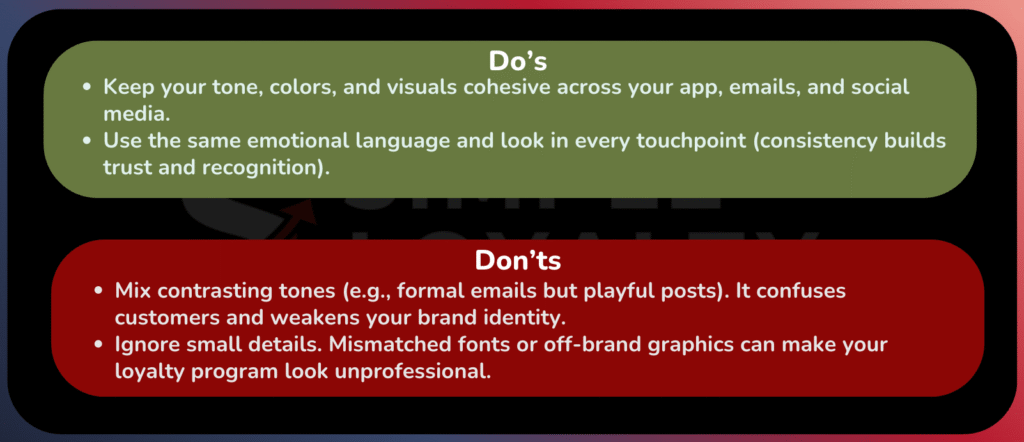
- Communicate emotionally

Consistency builds trust. Trust (as research shows) is the most powerful driver of long-term loyalty.
Conclusion
Building a premium loyalty experience isn’t about spending more. It’s about thinking deeper.
Customers no longer crave discounts. They crave meaning, recognition, and connection. When you tap into those emotional drivers through clever milestones, early access, tiered rewards, collaborations, and community recognition, you build loyalty that lasts.
And if you’re looking for a smarter way to bring all that to life, SimpleLoyalty helps you design affordable loyalty programs that feel premium, automate your campaigns, and keep customers coming back — all without the complexity or cost.
So yes, you can have a loyalty program that feels like luxury on a budget.
Because the brands that win in 2025 won’t be the ones giving the biggest discounts. They’ll be the ones giving the most genuine value.

